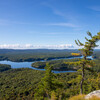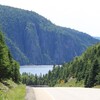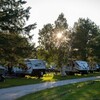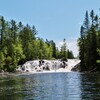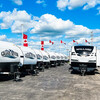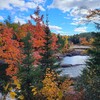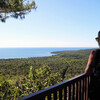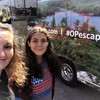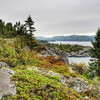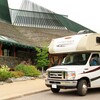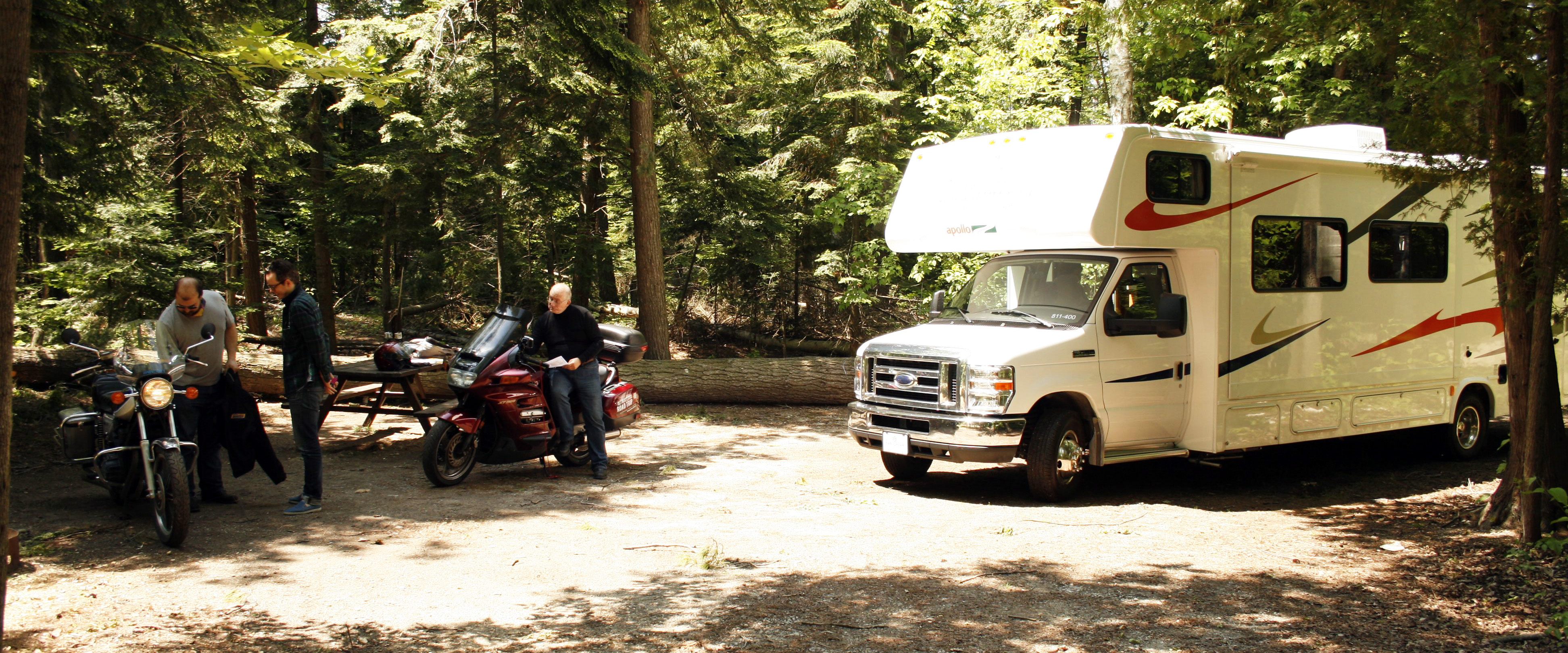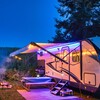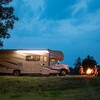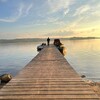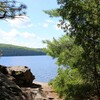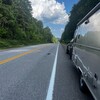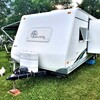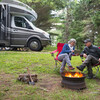
An RVer's Introduction to Finlayson Point
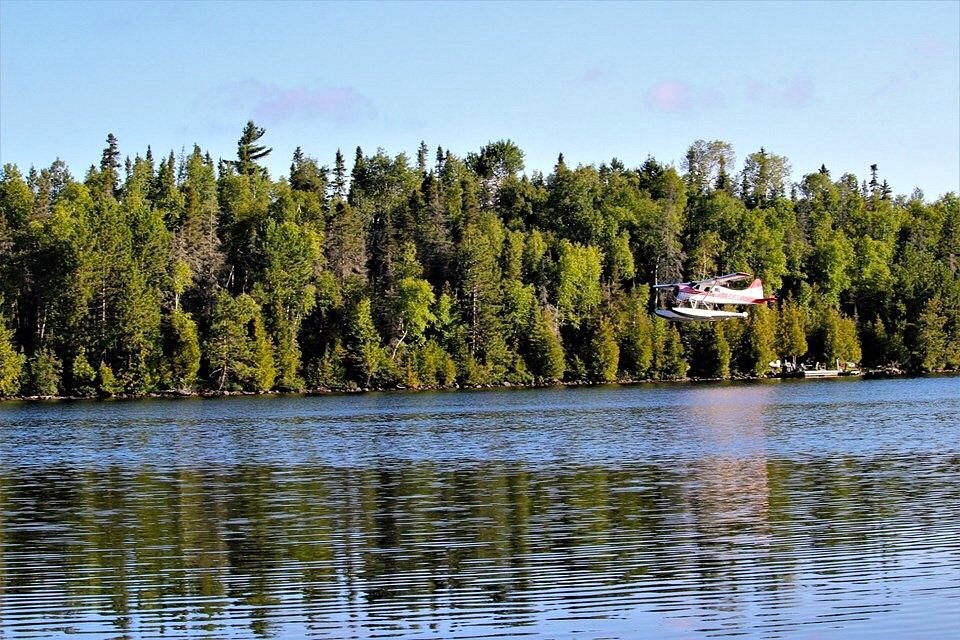
In the summer, my wife and I brought her parents on a camping trip to Finlayson Point Provincial Park, to stay in one of the park’s awesome 117 campsites. We also booked a beautiful cabin for my in-laws to stay in. This three-day trip was an eye-opening experience offering a wonderful glimpse of majestic Lake Temagami.
During the 5-hour trip from Ottawa to Temagami, towing the trusty Flagstaff trailer I had at the time, I shared as much knowledge as I could about the region’s history, tidbits on the lake and info on historic writer and conservationist Grey Owl’s connection to the region.
Here's everything you need to know about RV camping at Finlayson Point Provincial Park!
RV Camping at Finlayson Point Provincial Park
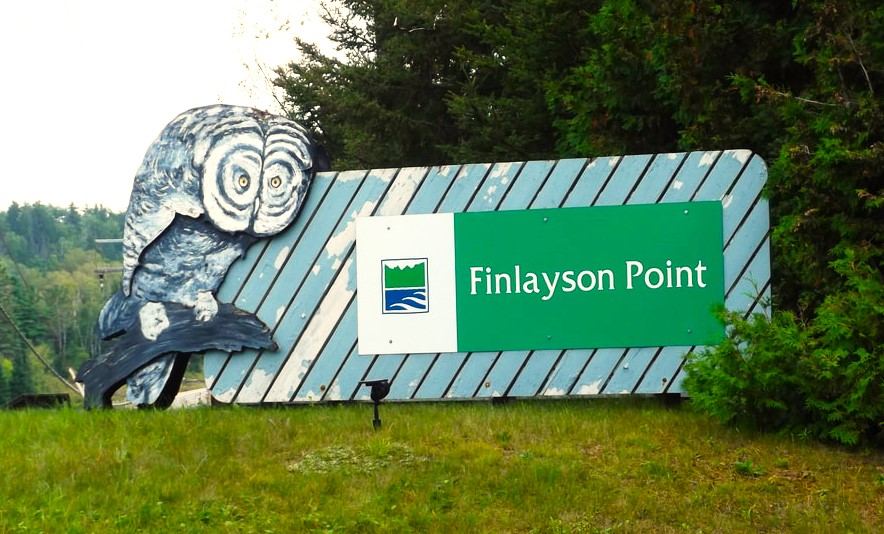
Campsites at Finlayson Point accommodate equipment from tents to larger trailers/RVs with 34 campsites offering electrical hook-up. Amenities such as water taps, comfort stations and laundry facilities are close by.
There are 3 campground areas at Finlayson Point:
- East Campground
- West Campground
- South Campground
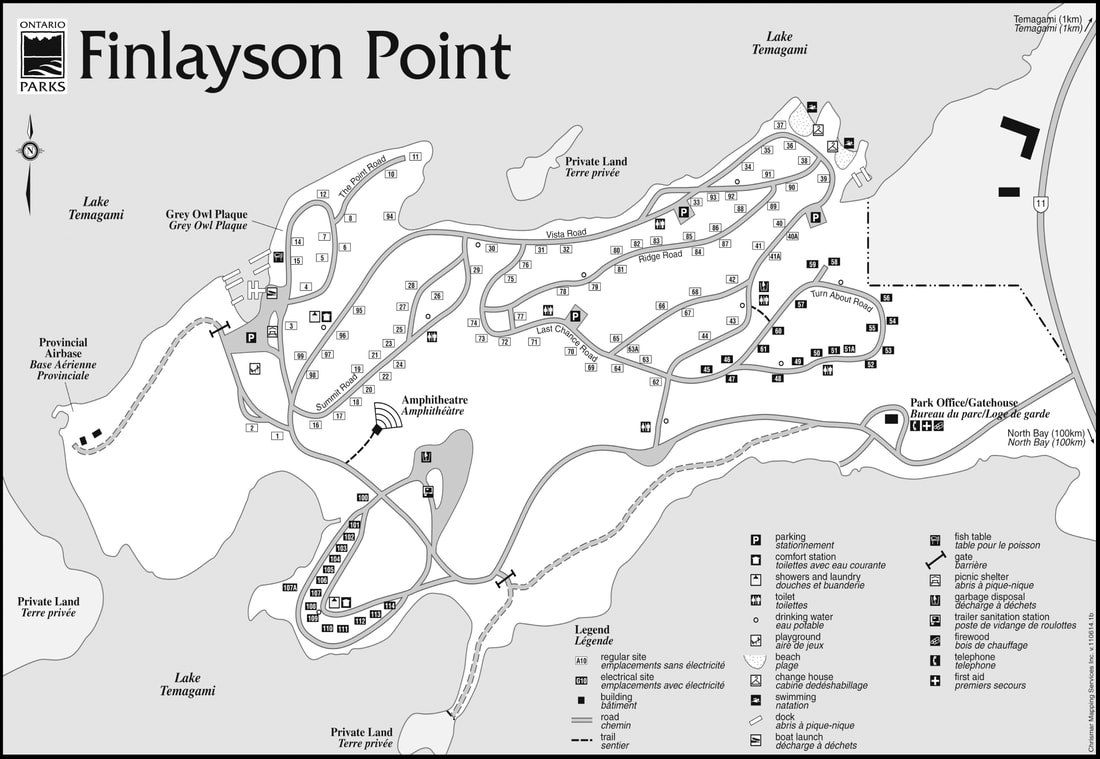
The sites in the South Campground where we stayed include all the necessary amenities for an RVer:
- Electric hook-ups
- Fire rings
- Picnic tables
- Comfort stations (flush toilets and hot showers)
And, most importantly, access to beautiful Lake Temagami. The campground also has a great boat launch and park store for your convenience. Some campsites we saw even have private docks right on the lake!
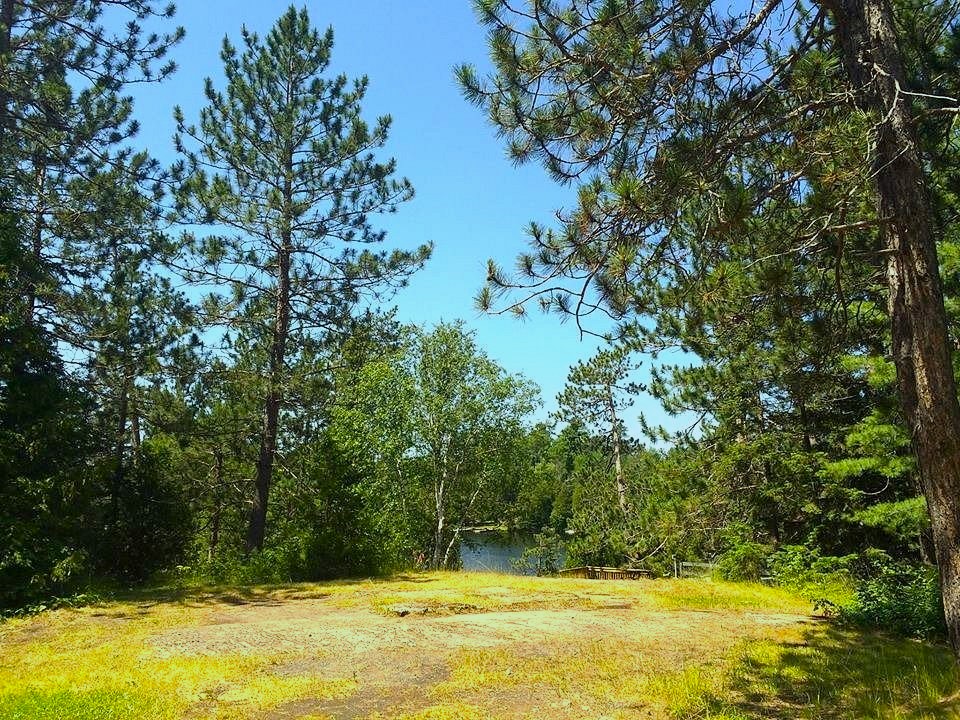
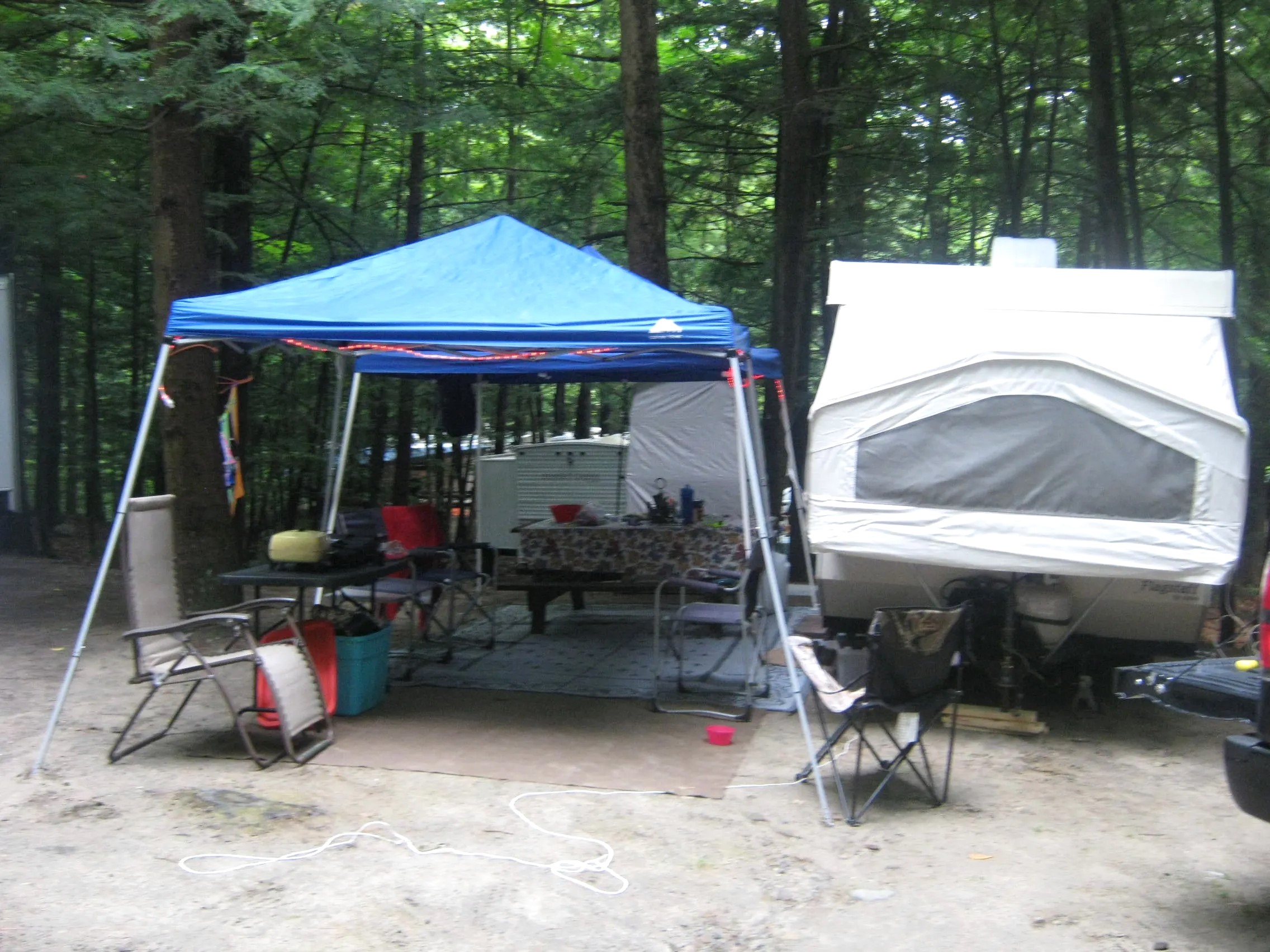
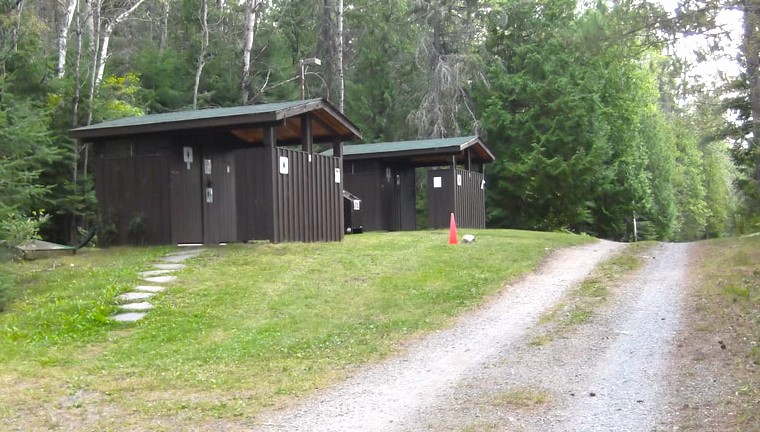
Other Accomodation Options at Finlayson Point: Temagami Cabin
If you or someone you're vacationing with would rather sleep indoors, Finlayson Point does have a (really charming) cabin. It overlooks the lake, and you can watch passing canoes, boats, and float planes. Crafted with cozy tongue & groove pine and adorned with log furniture, it also has an electric fireplace (the perfect setting to unwind after a day on the lake). It has two bedrooms with twin-over-double bunk beds and sleeps six, has a kitchenette, outdoor BBQ, picnic area, fire pit, and a deck with Adirondack chairs for watching the lake. Dock space is available for your boat, or utilize the cabin's canoe, paddles, and PFDs. You can read more or reserve here.
As with any camping trip, don't forget to check out the park's rules and regulations before you go!
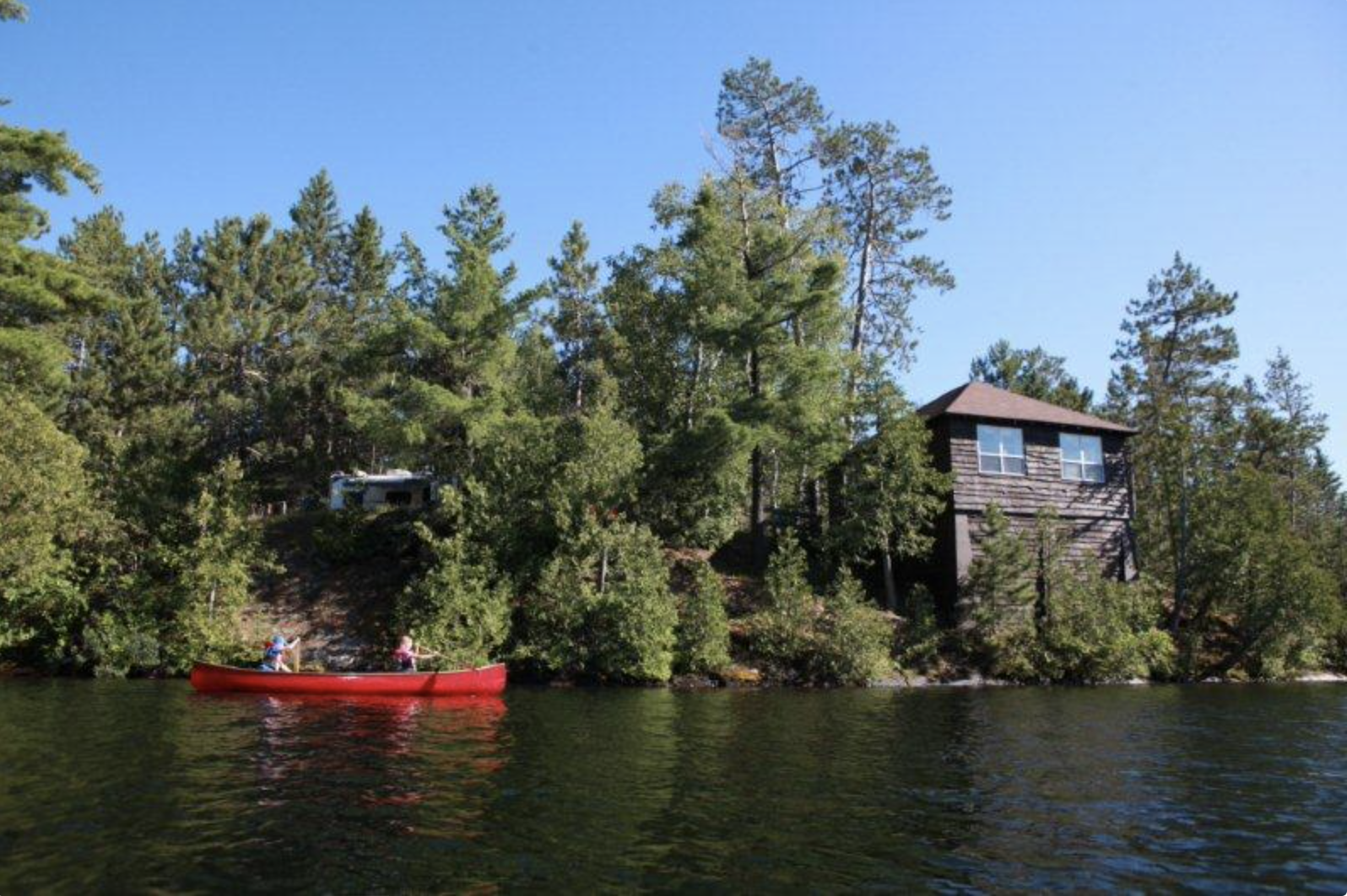
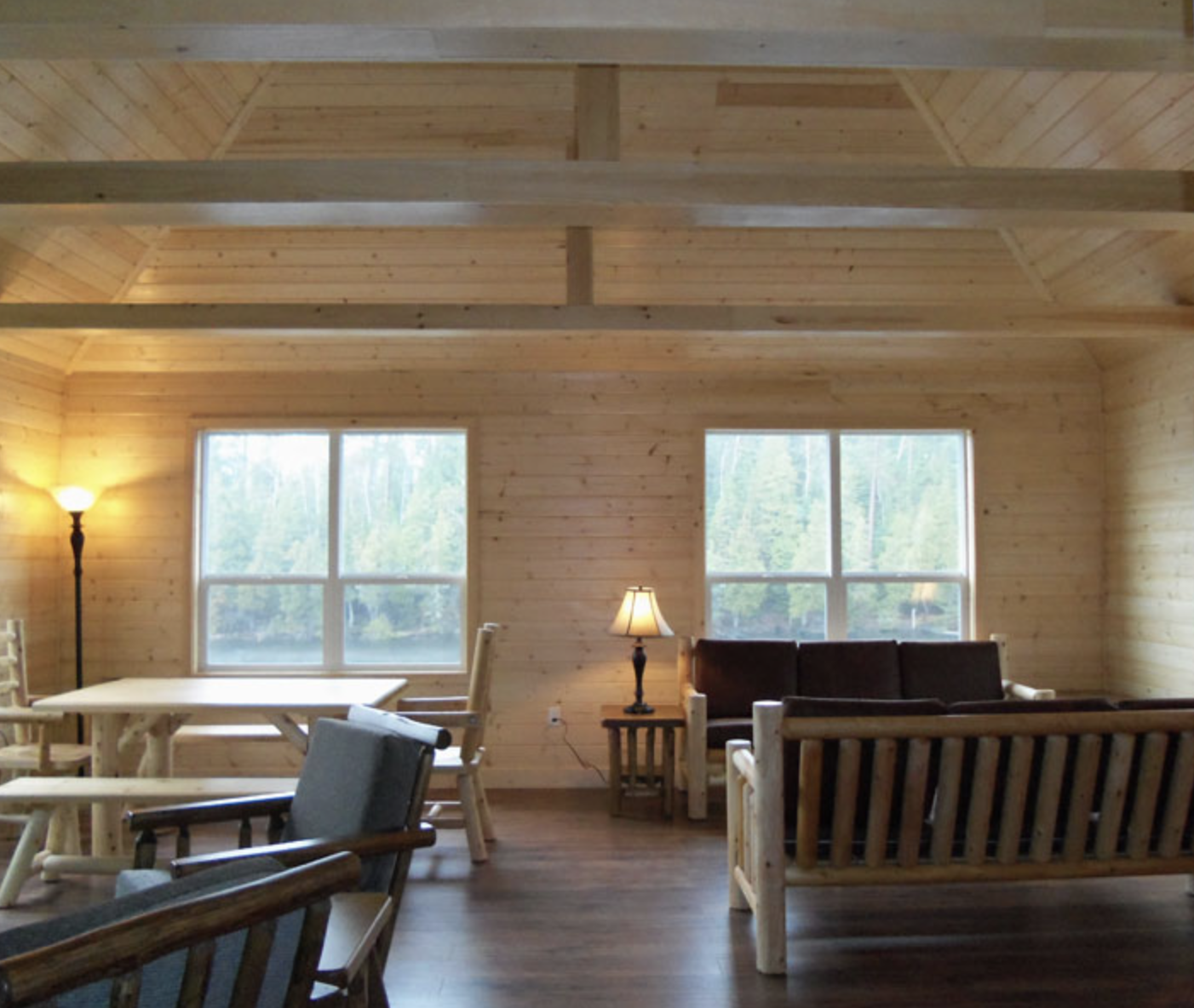
The Best Things to Do in Finlayson Point Provincial Park
Swim, Canoe, and Kayak Lake Temagami
Temagami means "deep water" with the lake reaching a depth of more than 300 feet in some spots. It served as the perfect backdrop for our trip! If you're into paddling, Finlayson Point is the right place—it's well-known for its beautiful paddling opportunities.
Explore the Temagami Fire Tower
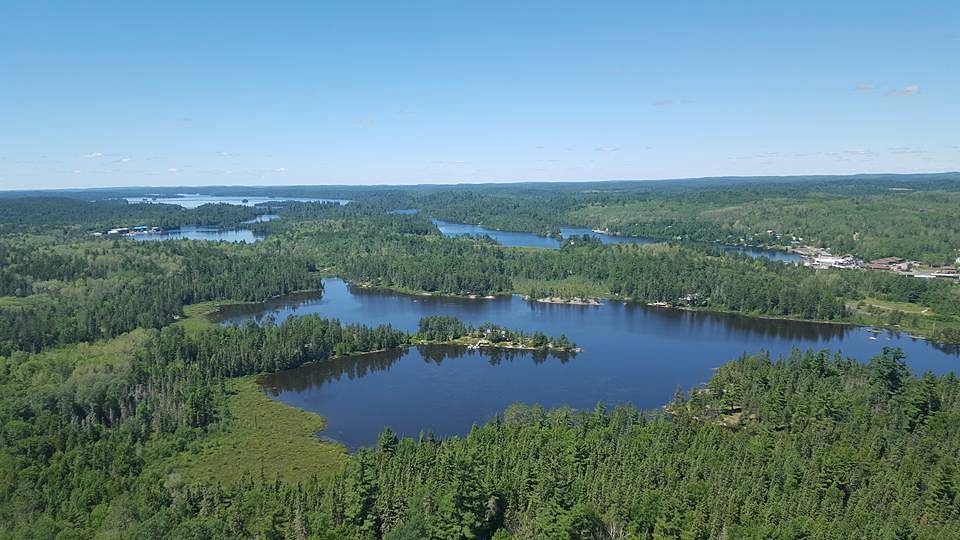
The Temagami Fire Tower is located about 5 minutes from the park. There’s a parking lot and interpretive center close to the top of Caribou Mountain, which is located off of Highway 11. From there it’s a short walk to a viewing platform that overlooks the town of Temagami and part of Lake Temagami.
This fire tower was restored in 1998. The original tower, which was built in 1910 and was 45 feet high, once stood a few metres to the east of the present tower. In the late 1930s, the tower was demolished and another, taller tower that was 85 feet was built in its place. Then in 1951, an even taller tower was built to replace the other one due to rusting. This one was 100 feet tall and was built out of steel by forest rangers.
Lake Temagami Fishing
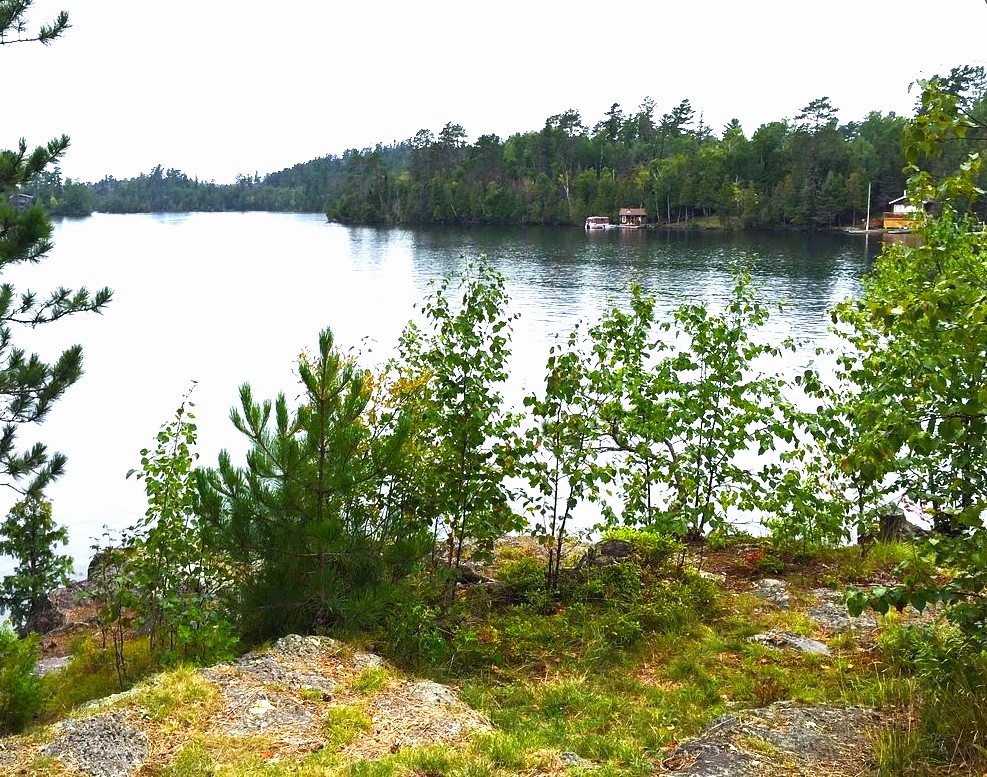
During our stay, my wife and I did some awesome fishing! Lake Temagami is teeming with Lake Trout, Lake Whitefish, Northern Pike, Pumpkinseed, Rock Bass, Smallmouth Bass, Walleye and Yellow Perch. The size of the lake allows for many diverse habitats and if you don’t like what you find in one area; it is easy to paddle a few minutes further and find something completely different. If fishing doesn’t interest you, try stretching out on one of two sandy beaches with access to exceptionally clear water.
Visit the Grey Owl Plaque
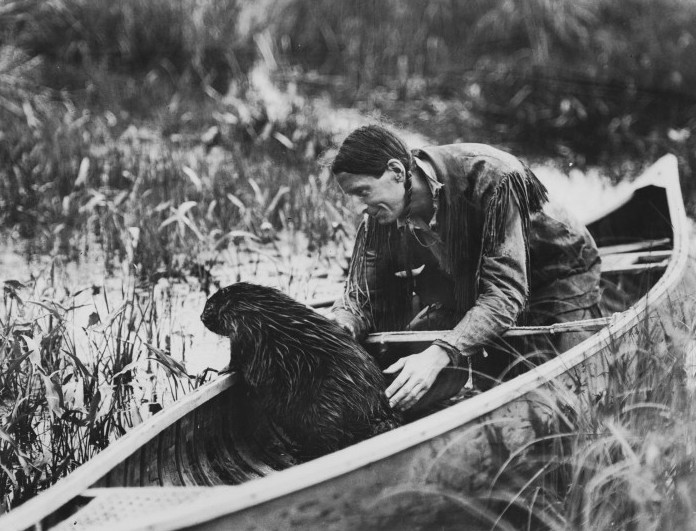
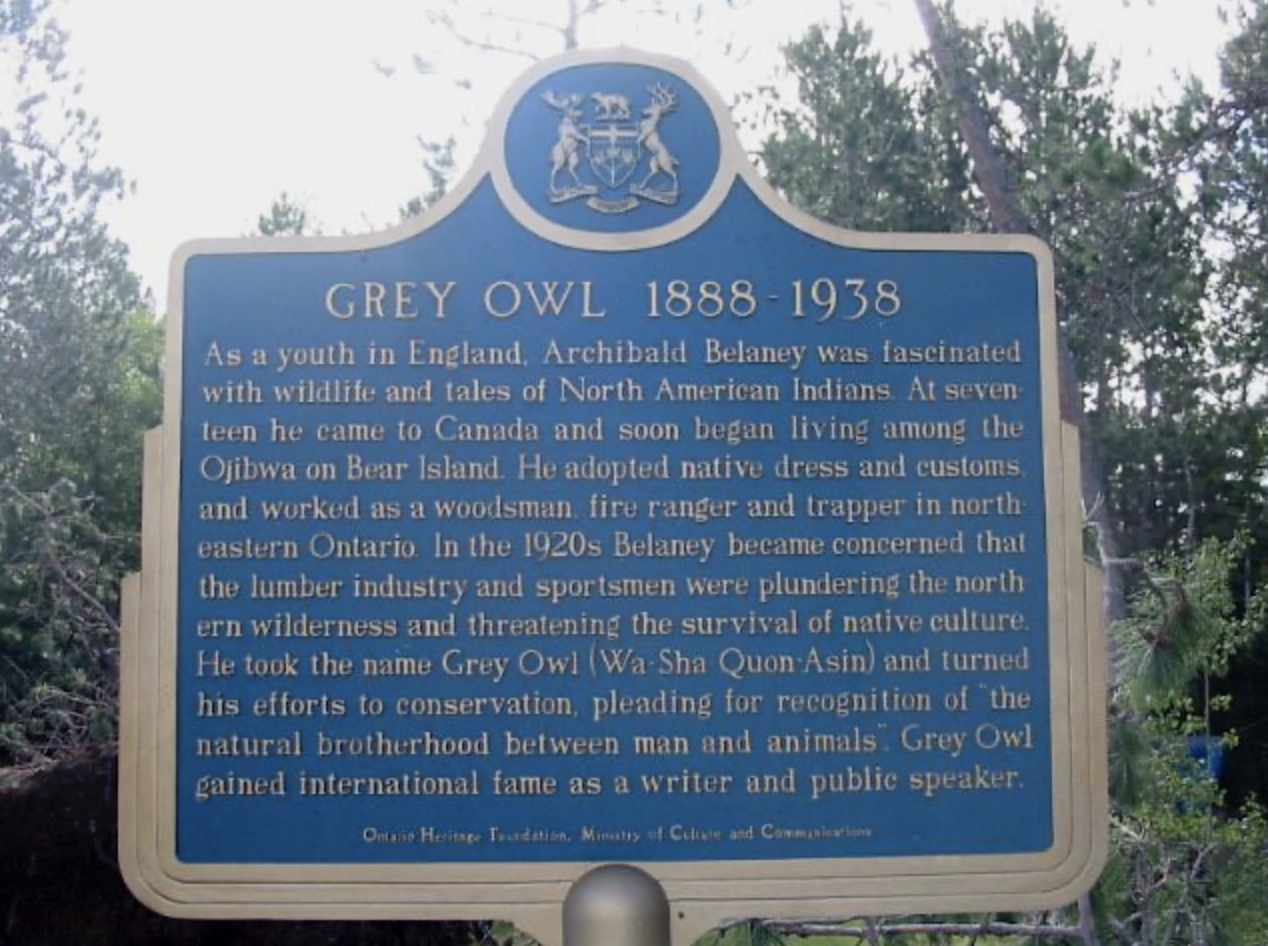
Grey Owl, born Archibald Belaney in 1888 in England, was an interesting character with colourful life story. He is renowned for his transformation into a prominent conservationist and environmentalist in Canada. From an early age, he was fascinated by Indigenous traditions and culture in North America.
His relationship with the land largely began in the Temagami area, where he spent the winter of 1906-1907 learning trapping skills. His introduction to portaging and challenging trails occurred during a canoe trip to Lake Temagami. After reaching Temagami Island, Belaney, lacking experience, worked as a "chore-boy" at the Temagami Inn. At the inn, he worked with Angele Egwuna, an Ojibwa woman who would later become his wife. Angele introduced him to her family, who affectionately referred to him as "gitchi-saganash" (tall Englishman). Eventually, her uncle bestowed upon him the nickname "ko-hom-see" (little owl), a moniker Archie would evolve into "Grey Owl" later in his career. Invited by the Egwuna family, Belaney spent the winter of 1909-1910 trapping in the bush east of Lake Temagami's south arm, marking the beginning of his deeper immersion into wilderness living and Native American culture.
Over the course of his life, with the help and influence of his wives and other people he met over the years, he developed a deep connection to nature and wildlife. He applied himself to raising awareness about the impact of human activity on the environment, especially regarding the protection of beavers. He gained fame through his writing, lectures, and public appearances, promoting environmental conservation and the preservation of Canada's forests and wildlife during the early to mid-20th century.
However, his legacy was overshadowed by the revelation, after his death in 1938, that he was not of Native American descent as he had claimed. Despite this controversy surrounding his identity, Grey Owl's contributions to environmentalism and conservation remain influential, and he is remembered for his efforts in raising awareness about the need to preserve nature and wildlife in Canada.
There is much to Archie Belaney's story, and I recommend looking up the details of his life, his conservationist writings (and even the 1999 movie about him), but moreover, I hope that you can also get to experience and appreciate the land that nurtured his passion for conservation when you visit the Temagami area.
Finlayson Final Word
Our visit to Finlayson Provincial Park was really delightful. The facilities were clean and well laid out. The Temagami wilderness and Lake Temagami are such fundamental examples of what makes Ontario beautiful (did I mention the fishing?) that I'd strongly recommend the trip. You won't regret it! For further details about camping at the park, check out the Ontario Parks website.
Recommended Articles

The Complete 2026 List of RV Shows in Ontario
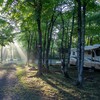
RV Camping Sites in Ontario: The Ultimate Guide

An RV Camping Guide to Ontario's Provincial Parks
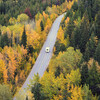
4 Essential RV Itineraries From Toronto

5 Tips on How to Go Full Time Remote Work With Your RV

RV Summer School: An Educational Road Trip That Kids Will Actually Enjoy
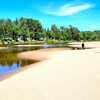
A Guide to RV Camping at Pancake Bay Provincial Park

Love on the Run
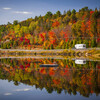
Have Your Toured Ontario's Provincial Park Nature Trail?
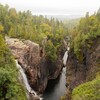
An RVer's Guide to the Voyageur Trail

Camping and RVing in Restoule Provincial Park

